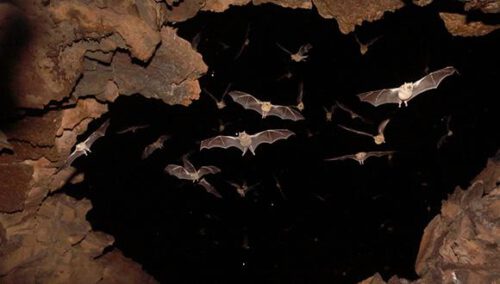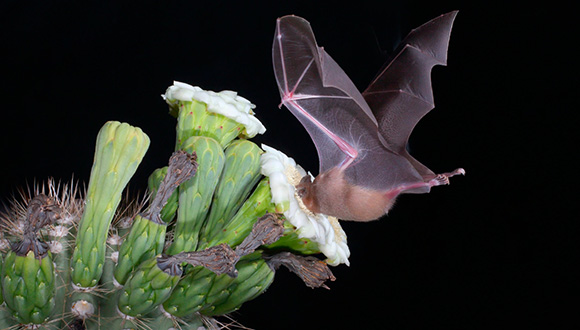The bat that traveled 200 km in seven hours and broke the world record for long-distance flight

A gold medal for a Leptonictris bat: researchers From the George S. Wise Faculty of Life Sciences, who were conducting routine field research on the Mexico-United States border, witnessed the breaking of an exciting world record. A bat weighing 30 grams flew continuously and without rest a distance of more than 200 km for about seven hours and at an average speed of 30 km/h, to bring food to its offspring.
Prof. Yossi Yuval from the School of Zoology, From the Steinhardt Museum of Nature and Sagol School of Neuroscience, who led the research, explains that the professional literature has so far known about bats that continuously fly about 100 to 150 km, while the new record has almost doubled the distance. Doctoral student Aya Goldstein, Prof. Rodrigo Medain from UNAM University in Mexico and Prof. Amos Korman from the CNRS Institute in France also participated in the study. The study was published in the journal Current Biology.
When the bat makes a decision
As part of the study, the researchers followed lactating mother bats in the northern Sonoran desert, located on the Mexico-United States border. The area is considered particularly attractive for the bats due to the flowering of the saguaro cacti, rich in nectar and sugar, which is the bats' favorite food. During the day, the bats guard their cubs in a cave located in the north of the Sonora desert, and at night they fly to the cactus fields located dozens of kilometers from the cave. The researchers attached a tiny GPS device developed at Tel Aviv University to the bats, and monitored their nocturnal activity. They discovered that the bat's rare endurance allowed it to fly the vast distance without rest, all to find food for its young.
"Bats are known for their amazing navigational ability and their ability to fly long distances, but it seems that this is a proud world record holder. It's amazing how much a little bat is willing to invest in order to nurse her cub," says Prof. Yuval.

During the study, the researchers also examined the decision-making process of the bats while they eat their hearts out in the cactus fields, and in collaboration with the mathematician Amos Korman from the CNRS institute in France, developed a model that describes the decision-making process of the flying mammals. They noticed that the bats divide the fields into small plots, an action that allows them to equally enjoy the good cacti with a minimum of struggles and conflicts.
"Bats have a difficult challenge," explains Aya Goldstein. "They arrive at fields with thousands of cacti, and have to decide how to consume the nectar that is slowly secreted throughout the night, while competing with other bats in the short time they have, so as not to endanger the cubs that are left alone in the cave. We discovered that they perform a search and learning process to identify a series of successful cacti, from which they feed during the night. As part of the process, they avoid cacti that are less successful for them, such as cacti that do not have many flowers or cacti that are already being used by other bats. This is how they actually create territories for themselves, and consume the maximum amount of nectar with very few negative interactions and no direct communication between them."

